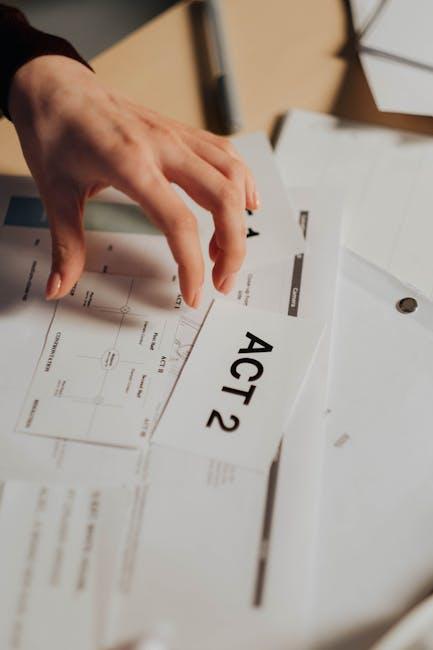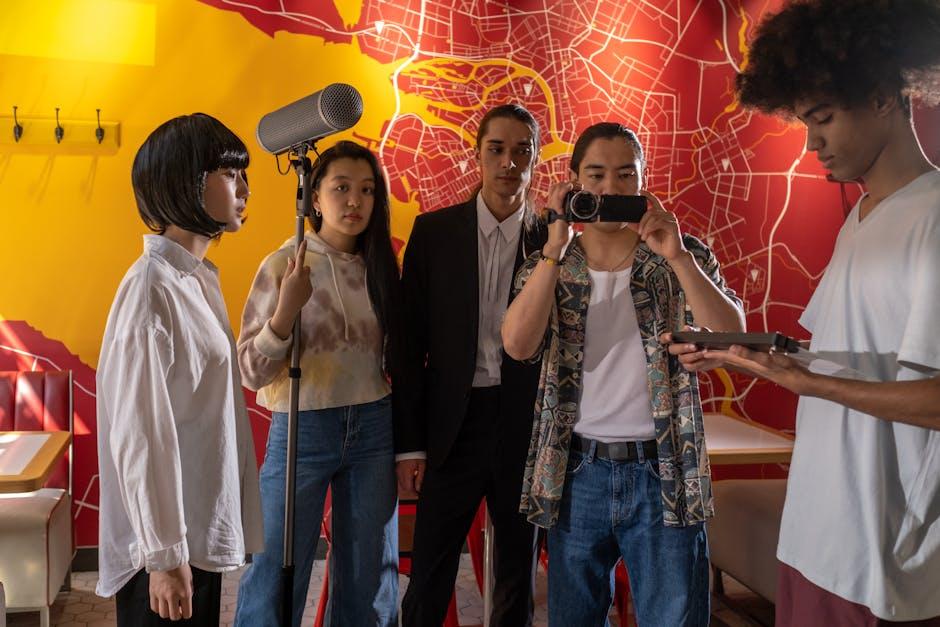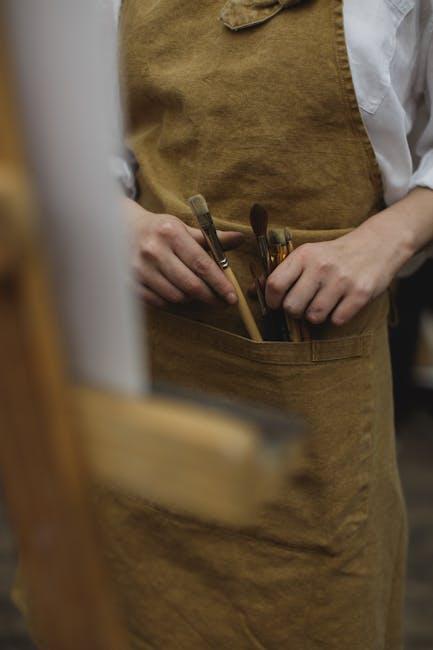In the dimly lit corners of a bustling film studio, where imagination meets meticulous planning, lies a crucial yet often overlooked art form: storyboarding. Before the director calls “action” and the cameras begin to capture the magic of cinema, artists and filmmakers collaborate to breathe life into the narrative through a series of sketches and frames. This visual blueprint, akin to a comic strip, serves as the silent architect of storytelling, mapping out scenes with precision and creativity. Join us as we delve into the world of storyboarding, uncovering how this essential process shapes the cinematic journey long before the first frame is shot.
Crafting the Blueprint: The Role of Storyboards in Filmmaking
Before the director yells “action,” a meticulous process unfolds to ensure that every scene aligns with the vision of the film. Storyboards act as the blueprint of this creative journey, providing a visual guide that brings the script to life. They serve as a crucial tool in the filmmaking arsenal, allowing directors, cinematographers, and production teams to visualize and strategize each shot. Through a series of sketches or digital illustrations, storyboards outline the sequence of events, camera angles, and movements, effectively translating words into imagery.
- Visual Clarity: Storyboards help in clarifying the visual elements and setting the tone of the film.
- Team Collaboration: They act as a common reference point, facilitating communication among different departments.
- Cost Efficiency: By planning scenes in advance, storyboards help in identifying potential challenges and minimizing production costs.
Ultimately, storyboards are more than just drawings; they are a visionary framework that guides the entire filmmaking process, ensuring that the narrative is cohesively and effectively translated onto the screen.

Visual Narratives: Translating Script to Screen with Storyboards
Storyboards serve as the bridge between the script and the final film, acting as a visual blueprint that guides the entire production team. They translate the written word into a sequence of images, offering a preliminary glimpse of how the narrative will unfold on screen. This crucial step allows directors to experiment with camera angles, lighting, and composition long before the camera starts rolling.
- Visual Clarity: Storyboards help clarify the director’s vision, ensuring everyone involved has a clear understanding of each scene.
- Efficient Planning: They enable the team to plan out complex scenes, identifying potential challenges and opportunities for creative solutions.
- Creative Exploration: By visualizing different possibilities, storyboards open the door to innovative storytelling techniques.

Mastering the Craft: Techniques for Effective Storyboarding
Storyboarding is an essential part of the filmmaking process, where ideas are transformed into visual blueprints. Clarity and coherence are key. Start by breaking down your script into individual scenes and identify the pivotal moments that need emphasis. Each frame should communicate the essence of the scene, focusing on key elements like character positions, camera angles, and movement.
- Use Thumbnails: Begin with small, rough sketches to quickly experiment with different compositions and perspectives.
- Establish Visual Flow: Ensure a logical progression from one scene to the next, guiding the viewer’s eye naturally.
- Incorporate Annotations: Add notes on lighting, mood, and sound cues to enhance the storytelling depth.
- Utilize Consistency: Maintain a consistent style throughout the storyboard to avoid jarring transitions.
By honing these techniques, a storyboard not only serves as a guide for the crew but also as a powerful tool to convey the director’s vision long before the first scene is shot.

Tools of the Trade: Essential Tips for Aspiring Storyboard Artists
In the world of storyboarding, having the right tools can make all the difference between a chaotic process and a seamless visual narrative. Whether you’re sketching your first frames or refining a complex sequence, equipping yourself with essential tools is key. Here are some tips to help you build your toolkit:
- Pencils and Pens: Opt for a range of pencils for varying line weights, and fine-tip pens for inking details. Mechanical pencils can offer precision, while softer pencils are great for shading.
- Storyboarding Software: Digital tools like Storyboard Pro or Photoshop can streamline your workflow. They offer features like layering, timeline management, and easy revisions, essential for complex projects.
- Reference Materials: Keep a library of reference images, film stills, and art books. These resources can inspire and inform your compositions, helping you capture the essence of the scenes you’re visualizing.
- Sketchbooks: Never underestimate the power of a portable sketchbook. It allows you to jot down spontaneous ideas and practice your drawing skills anytime, anywhere.
- Camera: Use a camera or smartphone to capture real-world references. Observing lighting, angles, and movements in everyday life can enrich your storyboards with authenticity.
By integrating these tools into your practice, you’ll enhance your ability to bring a director’s vision to life, ensuring that the story unfolds smoothly from concept to screen.

